- About MAA
- Membership
- MAA Publications
- Periodicals
- Blogs
- MAA Book Series
- MAA Press (an imprint of the AMS)
- MAA Notes
- MAA Reviews
- Mathematical Communication
- Information for Libraries
- Author Resources
- Advertise with MAA
- Meetings
- Competitions
- Programs
- Communities
- MAA Sections
- SIGMAA
- MAA Connect
- Students
- MAA Awards
- Awards Booklets
- Writing Awards
- Teaching Awards
- Service Awards
- Research Awards
- Lecture Awards
- Putnam Competition Individual and Team Winners
- D. E. Shaw Group AMC 8 Awards & Certificates
- Maryam Mirzakhani AMC 10 A Awards & Certificates
- Two Sigma AMC 10 B Awards & Certificates
- Jane Street AMC 12 A Awards & Certificates
- Akamai AMC 12 B Awards & Certificates
- High School Teachers
- News
You are here
Who's That Mathematician? Paul R. Halmos Collection - Page 20
For more information about Paul R. Halmos (1916–2006) and about the Paul R. Halmos Photograph Collection, please see the introduction to this article on page 1. A new page featuring six photographs will be posted at the start of each week during 2012.

Halmos photographed Shanti Gupta (1925–2002) on March 20, 1968, in East Lansing, Michigan. Gupta was born in India and taught at the University of Delhi for several years before traveling to the U.S. on a Fulbright Scholarship in 1953. After earning his Ph.D. at the University of North Carolina, Chapel Hill, in 1956, Gupta did statistics research at Bell Laboratories in Allentown, Pennsylvania. In 1962, he accepted a position as Professor of Statistics and Mathematics at Purdue University, where he founded the Department of Statistics in 1968, the year this photo was taken. Halmos was on the faculty at the University of Michigan in Ann Arbor at the time. Gupta remained at Purdue (in West Lafayette, Indiana) for the rest of his career; Halmos left Michigan a few months after this photo was taken for the University of Hawaii in Honolulu. (Source: MacTutor Archive)
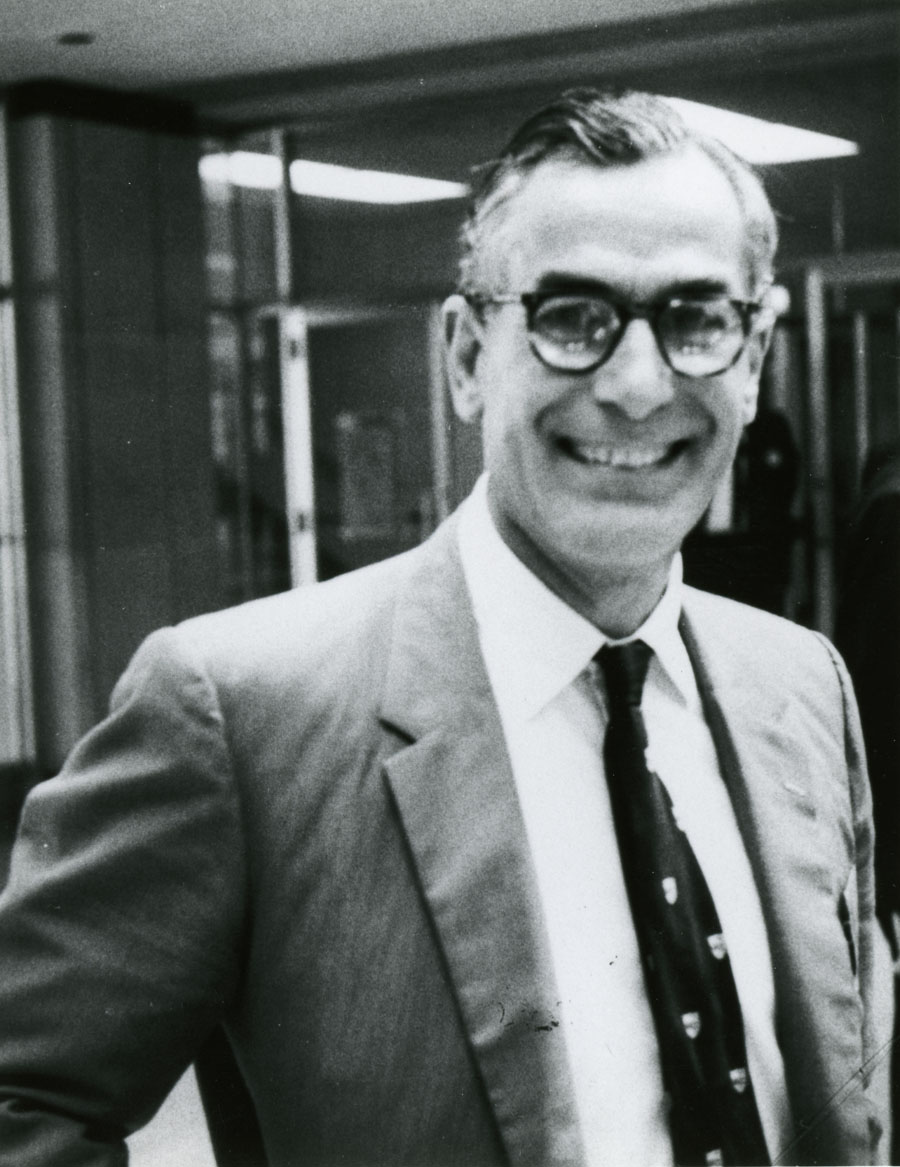
Halmos photographed Richard Guy (1916–2020) in 1963. Educated at Cambridge (M.A. in 1941), Guy has spent most of his career at the University of Calgary, Alberta, Canada, where he retired as Faculty Professor of Pure Mathematics and is now Professor Emeritus of Mathematics. His well-known books include Winning Ways for Your Mathematical Plays (with John Conway and Elwyn Berlekamp, 4 vols., A. K. Peters, 2001-04), The Inquisitive Problem Solver (with Loren Larson and Paul Vaderlind, MAA, 2002), and The Book of Numbers (with John Conway, Copernicus Press, 1996). Best known as an inventor of mathematical games, puzzles, and problems, his research interests include combinatorics, graph theory, and number theory. He describes his combinatorial interests as a combination (!) of combinatorics, geometry, and logic, including combinatorial games, enumerative combinatorics, and combinatorial geometry. (Source: University of Calgary; see also T&F Virtual Special Issue)
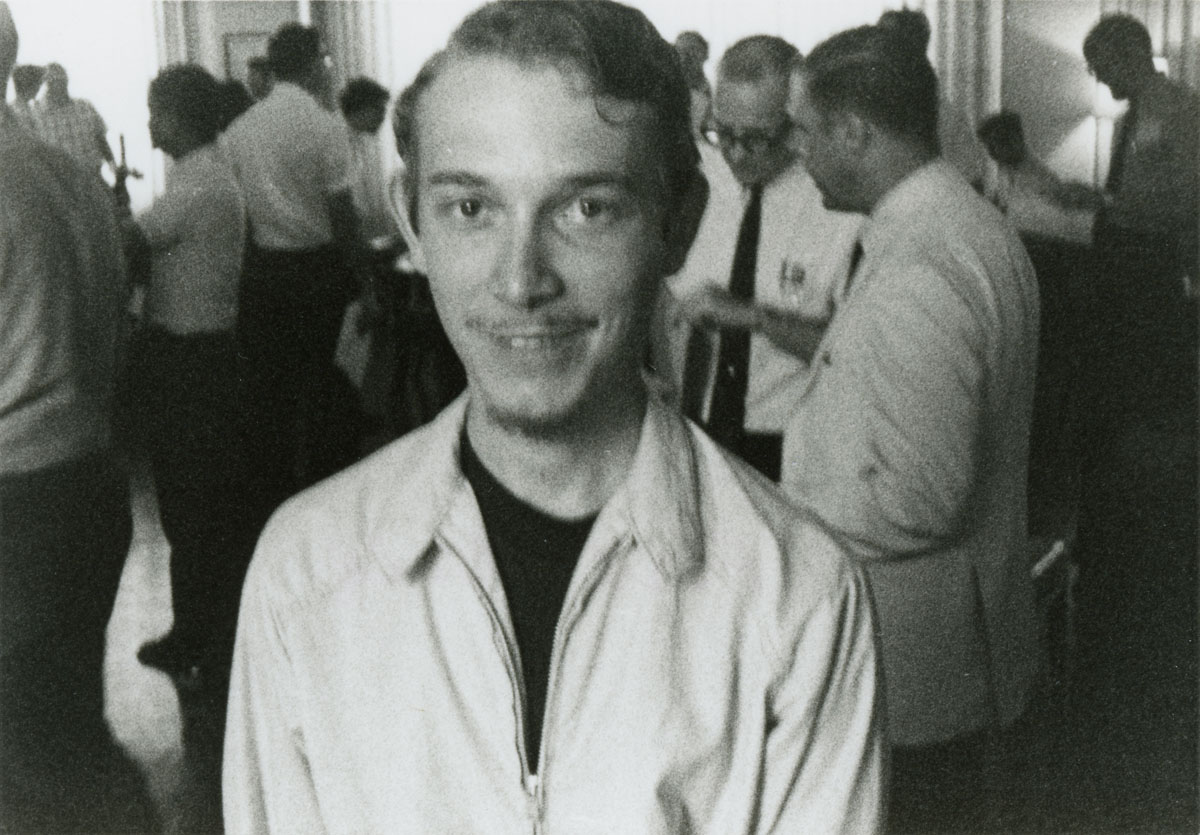
Halmos photographed his (future!) Ph.D. student, Donald Hadwin, at a National Science Foundation (NSF) Regional Conference at Texas Christian University in Fort Worth, Texas, in June of 1970. Don Hadwin earned his Ph.D. in 1975 from Indiana University in Bloomington with the dissertation “Closures of Unitary Equivalence Classes.” He is Professor of Mathematics at the University of New Hampshire in Durham, and lists his research interests as Hilbert spaces, operator theory, free entropy, operator algebras, ring theory, and K-theory. (Sources: Mathematics Genealogy Project, MathSciNet, University of New Hampshire)
Hadwin remembers the conference and that Halmos took his photograph there. After asking Halmos some questions about harmonic analysis, "I asked him for a necessary and sufficient condition for becoming a Halmos student, to which he replied that a necessary condition was being a student at Indiana University. After hearing Paul's incredible ten lectures at the conference, I was determined to become his student."
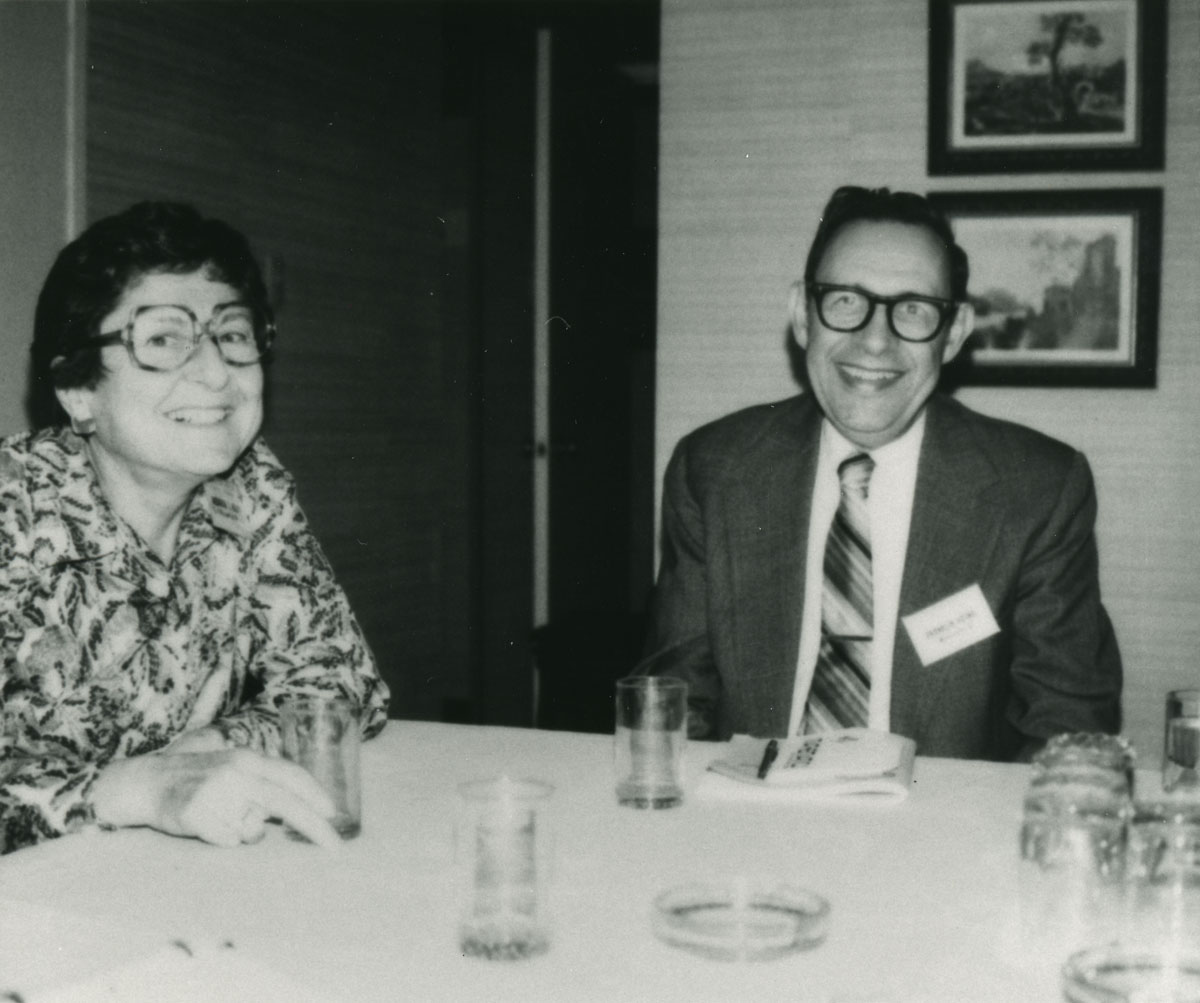
Deborah Tepper Haimo (1921–2007) and Franklin Haimo (1919–1982) were photographed in 1981.
Born in Odessa, Ukraine, and raised in Palestine, Deborah Tepper Haimo taught at Washington University from 1948 to 1961, earned her Ph.D. from Harvard in 1964 for the dissertation “Integral equations associated with Hankel transforms,” and in 1968 became Professor of Mathematics at the University of Missouri, St. Louis. At UMSL she not only continued her research on integral transforms and heat equations, but also built up the mathematics department, as she was hired to do. She served as president of the MAA during 1991–92. In 1992, she retired from UMSL and moved to La Jolla, California, where she was a visiting scholar at the University of California, San Diego.
Franklin Haimo, who was born in Portland, Oregon, earned his Ph.D. in 1947 from Harvard with the dissertation “Division by the Integers in Abelian Groups,” written under Hassler Whitney. He joined the mathematics faculty at Washington University in St. Louis in 1947 and remained a faculty member there until his death in 1982. He published papers on group theory throughout his career. Franklin and Deborah Tepper Haimo first met at Harvard University in a course taught by Saunders Mac Lane and were married in 1944. Both Haimos were members of the Institute for Advanced Study in Princeton, New Jersey, in 1972–73.
When she served as MAA President during 1991-92, Deborah Haimo established the MAA Award for Distinguished College or University Teaching of Mathematics. Renamed in 1993 as the Franklin and Deborah Tepper Haimo Award for Distinguished College or University Teaching, it is awarded annually by the MAA to three of its members.
(Sources: Agnes Scott College Biographies of Women Mathematicians; MAA Presidents; Carole B. Lacampagne, “Fond Memories of My Friend Deborah Tepper Haimo, 1921–2007,” MAA FOCUS, August/September 2007, p. 21; Mathematics Genealogy Project; MathSciNet; Public Affairs Biographical Faculty Files, Box H1, University Archives, Department of Special Collections, Washington University Libraries, St. Louis, MO; MAA Haimo Award)
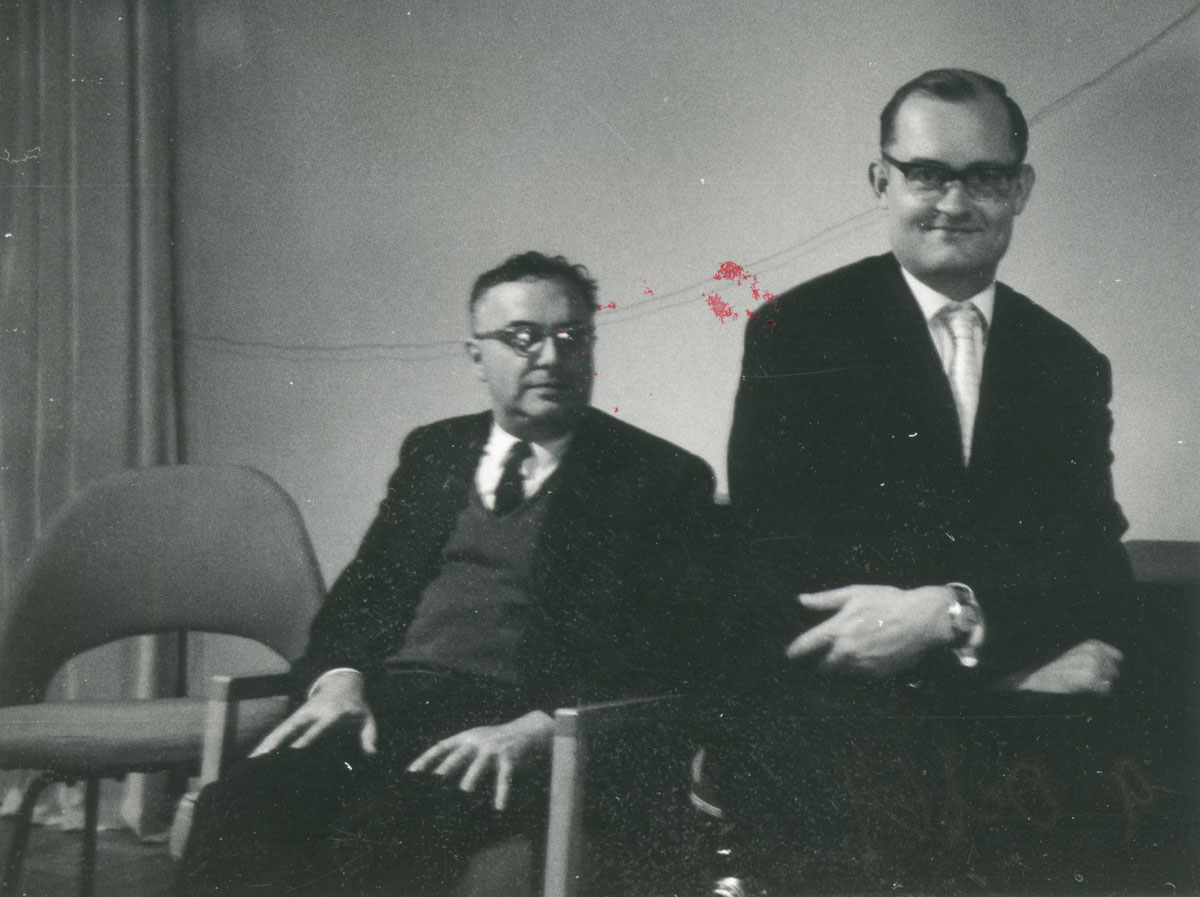
William Boone (1920–1983), left, and Wolfgang Haken were photographed at Princeton University on October 9, 1964.
Boone earned his Ph.D. from Princeton in 1952 and, from 1958 onward, was a faculty member at the University of Illinois at Urbana-Champaign. He worked almost exclusively on the unsolvability of the word problem in group theory. (Source: MacTutor Archive)
Wolfgang Haken is Professor Emeritus of Mathematics in the Department of Mathematics and in the Center for Advanced Study at the University of Illinois at Urbana-Champaign. Most famous for proving the Four Color Theorem with Kenneth Appel in 1976 (first conjectured in 1852), he also solved the Knotting Problem, first posed in 1847. (Source: University of Illinois Center for Advanced Study)
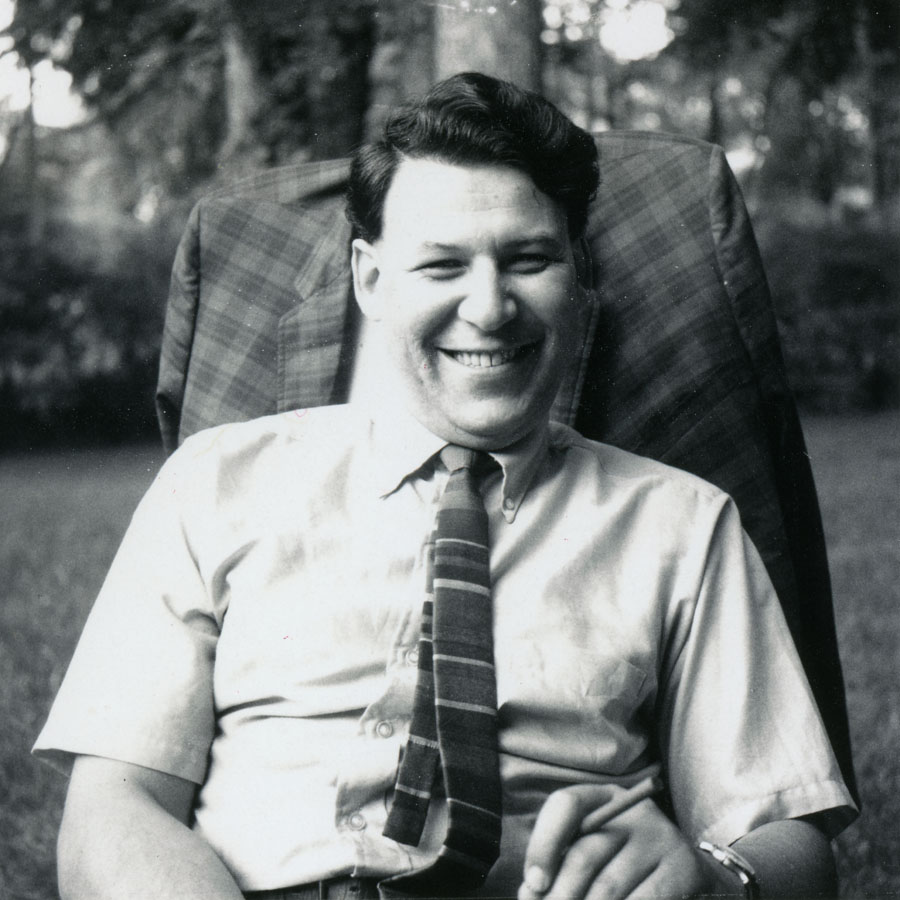
Halmos photographed Heini Halberstam (1927–2014) in 1966 in Ann Arbor, Michigan. Halberstam recalled that he "was spending a happy and productive year in Ann Arbor at that time" and was using Halmos' office. Halmos was a professor at the University of Michigan in Ann Arbor from 1961 to 1968, but he spent the 1965-66 academic year visiting the University of Miami in Coral Gables, Florida.
Born in 1926 in the Sudetenland, Bohemia, Czechoslovakia (now part of the Czech Republic), Halberstam escaped the Nazis in 1939 via Kindertransport from Prague to London. He earned his Ph.D. in 1952 from the University of London in analytic number theory and, during his career, published on integer sequences and higher dimensional sieves. Halberstam also helped edit the works of William Rowan Hamilton, Harold Davenport (with whom he collaborated), J. E. Littlewood, and L. K. Hua. He was a faculty member at Trinity College, Dublin, from 1962 to 1964; at the University of Nottingham, England, from 1964 to 1980; and at the University of Illinois, Urbana-Champaign, from 1980 to 1996. He was Professor Emeritus of Mathematics at Illinois from 1996 until his death on 25 January 2014. (Sources: University of Illinois Mathematics Department, accessed 2 June 2012; Heini Halberstam via email, 3 June 2012; obituary in The Guardian by Judith Halberstam, 30 Jan. 2014)
For an introduction to this article and to the Paul R. Halmos Photograph Collection, please see page 1. Watch for a new page featuring six new photographs each week during 2012.
Regarding sources for this page: Information for which a source is not given either appeared on the reverse side of the photograph or was obtained from various sources during 2011–12 by archivist Carol Mead of the Archives of American Mathematics, Dolph Briscoe Center for American History, University of Texas, Austin.
Janet Beery (University of Redlands) and Carol Mead (Archives of American Mathematics, University of Texas, Austin), "Who's That Mathematician? Paul R. Halmos Collection - Page 20," Convergence (January 2012), DOI:10.4169/loci003801




